Mang-Hyang Cemetery
General Information
Mang-Hyang Cemetery Overview
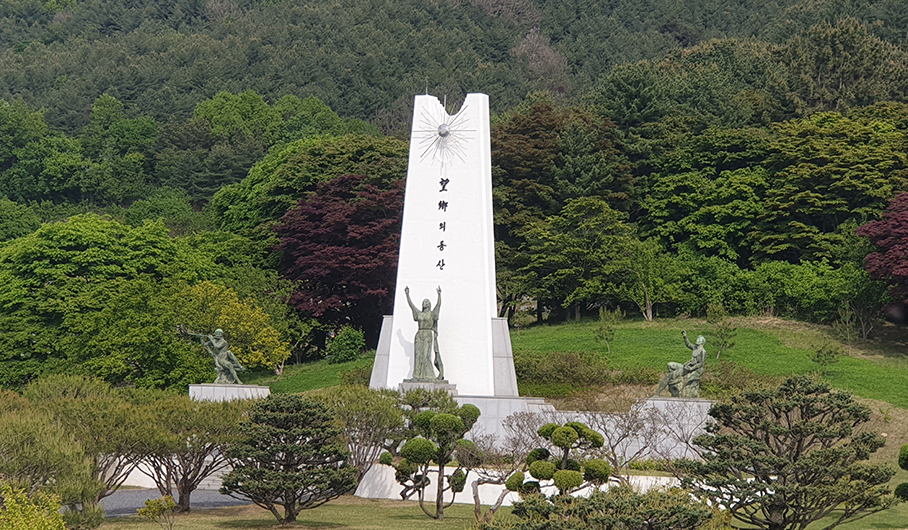
Total Area
| All | Graveyards | Surrounding Forest Area | Other |
|---|---|---|---|
| 350,906㎡ | 51,483㎡ | 235,936㎡ | 63,487㎡ |
Main Facilities
| Memorial Tower |
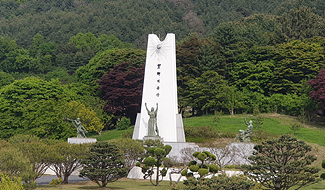
Standing 15.5 meters high with a 23-meter width, including the two wings, the Memorial Tower features a simple yet distinctive design that reflects the pride of overseas Koreans. The radiant sun at the top symbolizes the path to boundless progress and prosperity for the Korean people. On the main structure, the name “Mang-Hyang Cemetery” is embossed in the handwriting of the late former President Park Chung-hee. The wings are adorned with a 3.5-meter-tall celestial figure at the center, representing the soul’s ascension. To the left stands a statue of a woman yearning for her homeland, while to the right, a figure of a patriot embodies love for the nation and its people. At the center of the memorial, an altar stone stands with an incense burner placed in front to honor the spirits of the deceased. This Memorial Tower was constructed in 1976 with funds donated by the Korean Residents Union in Japan.
Dedicated Poem |
|---|---|
| Gwijeonggak Memorial Pavilion |
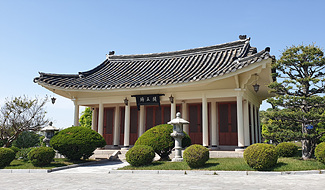
The Gwijeonggak Memorial Pavilion, a 117 ㎡ building constructed in 1976, provides a space for ritual ceremonies for Christians, Buddhists, and Confucianists, held according to the wishes of the bereaved. The name Gwijeonggak reflects the idea that, just as everyone returns home when the sun sets, people inevitably long to return to their beloved homeland at the end of their lives. The word “gwi" means "to return," and "jeong" means "affection." |
| Family Waiting Room |
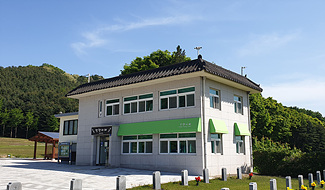
Completed in 1996, this room provides a comfortable space for family members to rest before and after the funeral of their loved one. |
| Memorial to the Victims of Japanese Military Sexual Slavery |
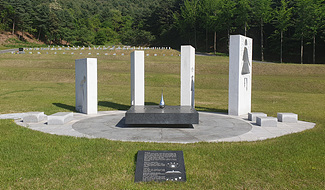
Established in 2018, this memorial conveys a heartfelt wish for eternal rest and peace for the victims of Japanese military sexual slavery, often referred to as “comfort women,” who endured immense suffering. |
| Exhibition Hall |
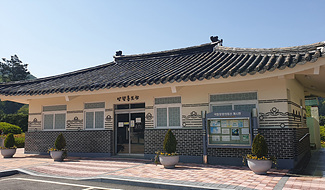
Opened in 2013 as an educational space, this hall informs visitors—including overseas Koreans, domestic Koreans, and foreign guests—about the history and development of the Mang-Hyang Cemetery. It also reminds future generations of the agony and lessons learned from the painful loss of national sovereignty, including the tragedy of forced labor during the Japanese occupation and the history of Korean emigration to distant lands. |
| Fountain |
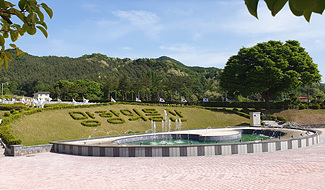
The fountain is designed to resemble a baby in its mother’s womb, symbolizing a mother’s warm embrace. This design reflects the role of Mang-Hyang Cemetery as a place of rest for overseas Koreans who passed away while longing for their homeland, as well as for those were forcibly taken abroad during the Japanese occupation. The fountain was completed in 2016. |
| Memorial Tower for KAL Flight 007 Victims |
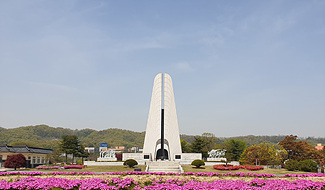
Standing 26.9 meters high and 36 meters wide, this memorial tower was completed in 1984 to honor the 269 victims from 16 countries who perished when a Korean Air passenger plane was shot down by a Soviet fighter jet over Sakhalin on September 1, 1983. On the left, sixteen statues symbolize the world’s condemnation of the attack, while on the right, sixteen female figures represent the sorrow of the victims’ families and humanity. Each group of statues signifies the 16 nations affected by the tragedy. Managed by Korean Air, the memorial hosts an annual commemorative ceremony on September 1, led by the victims’ bereaved families. |
| Office |

This office serves as the administrative center for the staff managing the National Mang-Hyang Cemetery. |
 이 누리집은 대한민국 공식 전자정부 누리집입니다.
이 누리집은 대한민국 공식 전자정부 누리집입니다.